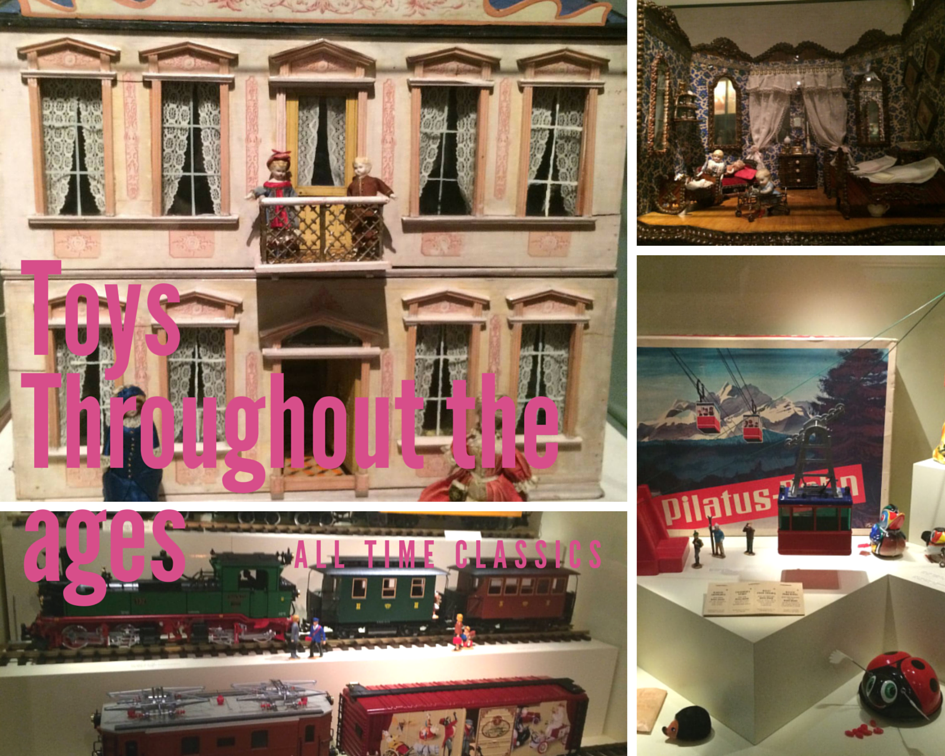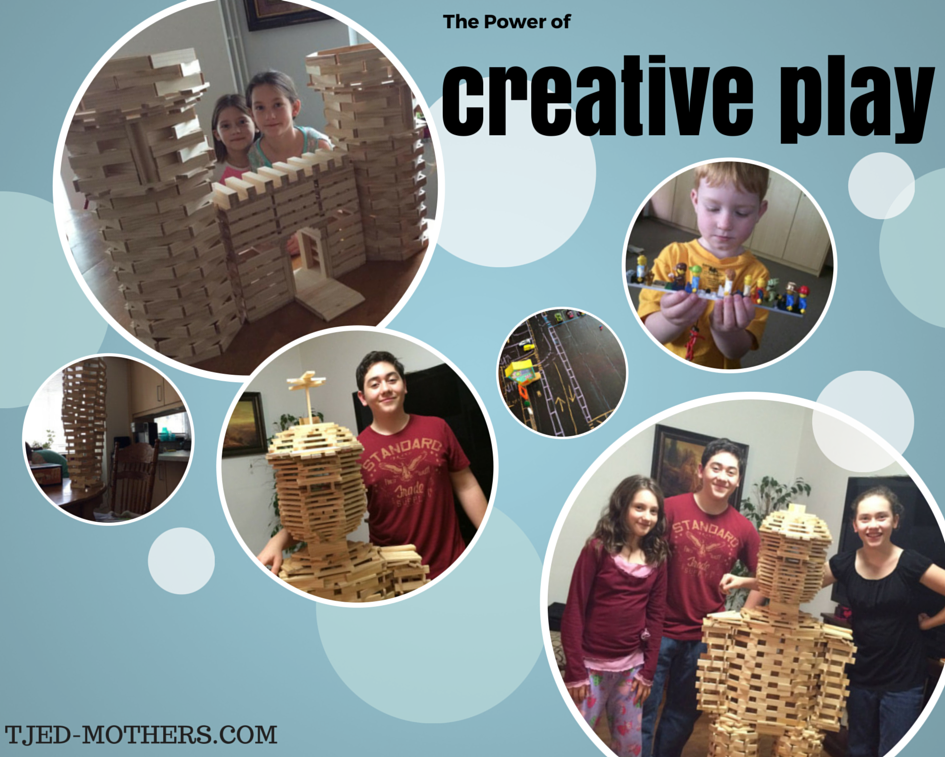You have no items in your cart.
Play: The Highest Form of Research
Play is education. Play is learning. As Einstein said, “Play is the highest form of research.” When I hear my kids engrossed in play, I don’t disturb them. Chores, work, study, everything else can wait. This is one of the most important aspects of childhood.
I encourage my children to play by providing a home environment that is rich in tools and resources for imagination and creativity. Much of the time this means old-fashioned toys, like jump ropes, classic games, chalkboards, blocks, etc.
“Play is often talked about as if it were a relief from serious learning. But for children play is serious learning. Play is really the work of childhood.” – Fred Rogers

For my daughter Bella’s eighth birthday this year, we took her to Nuremberg to a toy history museum. We saw floor after floor of toys, some dating back to the middle ages. Some of the popular toys that have lasted throughout the ages include dolls, doll houses, toys with wheels, trains, Noah’s ark, blocks and block sets, the Teddy Bear, engines and mechanical toys, and, since their invention, Lego’s and Playmobile.
As children grow, some parents worry that their children won’t ever be responsible because they’ll want to play. I submit that there’s a difference between love of play and selfish entertainment. Play is work. If the child has learned and is learning to be responsible in all other areas of life, play naturally becomes part of their creative expression. Play grows up and evolves as the child grows. Erik H. Erikson says this another way: “The playing adult steps sideward into another reality; the playing child advances forward to new stages of mastery.”

I’m often asked questions about this topic, so here are my responses!
Question: Do you use electronics for play or learning?
Yes, I do allow electronics for play and for learning; however, I limit the use because I want to teach my children responsibility and how to be more time-conscious. In using limitations for electronics, this I’ve been able to teach my children an acute awareness of and appreciation for time, and how fast it flies when busily engaged in technology. As a general rule of thumb, anyone 12 and younger gets 15 minutes on the iPad or computer for their apps. On the iPad, I have set up many folders of various subjects and topics, and further organized them by phases, such as Core Phase or Love of Learning apps. Then, each child can simply click on their folder and use whatever games or apps that he/she desires during his/her time limit. Another great feature of the iPad is the timer. I always set timers for the iPad, and whichever child is currently using the tablet has to be in a room with an adult or responsible older sibling, never left alone.
Question: What about messes? How can I keep my house clean?
Ahhhh…one of the “hazards” of playtime. Some of the things I’ve learned in allowing my children lots of room and space for playtime is to set up play area boundaries. There are times in which I’ll allow play in the main living areas, but it’s usually reserved for special events, like large tents on rainy days, or if I’m in a particularly good mood and circumstances allow for living-room play.
For the little people, there are several clean-and-neat methods for messy play:
• I love the BATHTUB! (Just make sure the water stays off.) I allow finger-painting and other, similarly-messy activities in the bathtub that would otherwise end up with a horribly stressful situation—boy, I can tell you some stories!
• I’ll lay down a tarp, plastic tablecloth, or sheet, depending on the project.
• Outdoors is the best place for messy play, but depending on where you live, winter time can pose some difficulty. As far as the outdoors are concerned, remember what the Germans say: “There is no bad weather, only bad clothing for the weather.”
Question: What are some of your favorite brands of toys?
- Haba blocks and toys.
- Keva structures
- Contraptions
- Grimm’s toys
- Anything in the Mindware catalog
- Melissa and Doug
- Plan Toys
- Wonderworld
- Legos
- Playmobile
- Knex
Question: Is that all they do? What about school?
Everyone in the household has daily responsibilities, regardless of age: chores, a zone of responsibility, and accountability for personal clothing and belongings. If they’re not in scholar phase, then they have more opportunities to play and learn in that direction with time set aside for parental learning. Basically, what I’m saying here is that they don’t own all of their time. They have to answer for their time and their responsibilities, and during their free time, they can enjoy learning and growth through play. All of that said, playtime goes along with the rhythm and flow of our family, too, so some days will look different than other days, but I give everyone an opportunity to have their free playtime. The age of the child determines how much of that time is free of responsibilities for work. So the answer to this question is no, that’s not what they do all day. They have a lot of responsibility, and play is a part of their learning; often times, it’s a large part of their learning.
Now, I’d like to share a video of my four-year old son in the midst of play. He was so proud of this village that he had built that he wanted to show it to me. I pulled out the camera and recorded it so that you can enjoy this very quick clip of playtime in our home.
And finally, I’d like to GIVE AWAY an eBook that will encourage your children to play!
Update: Since I’ve added this post, I was asked what block sets are featured in the video. Here they are:


